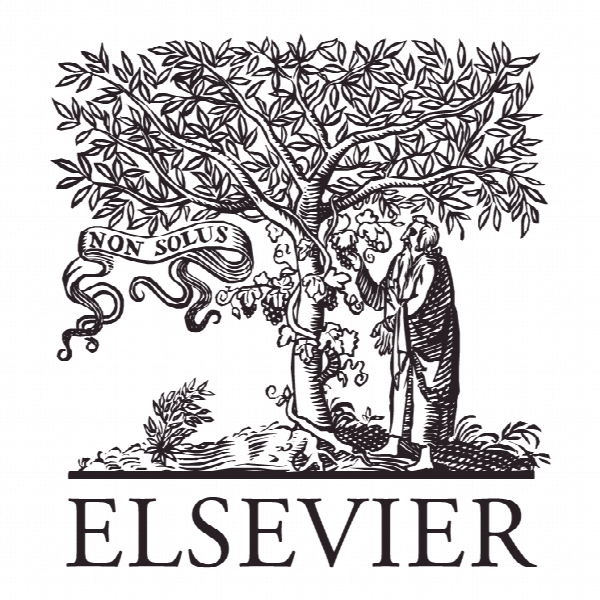آیا سیاست شهر هوشمند منجر به پایداری شهرها می شود؟ Does smart city policy lead to sustainability of cities?
- نوع فایل : کتاب
- زبان : انگلیسی
- ناشر : Elsevier
- چاپ و سال / کشور: 2018
توضیحات
رشته های مرتبط مهندسی معماری، مهندسی فناوری اطلاعات
گرایش های مرتبط شهرسازی، طراحی شهری
مجله سیاست استفاده از زمین – Land Use Policy
دانشگاه Queensland University of Technology (QUT) – Australia
منتشر شده در نشریه الزویر
کلمات کلیدی انگلیسی Smart city, Sustainable city, Sustainable urban development, Carbon dioxide emissions, Panel data model, United Kingdom
گرایش های مرتبط شهرسازی، طراحی شهری
مجله سیاست استفاده از زمین – Land Use Policy
دانشگاه Queensland University of Technology (QUT) – Australia
منتشر شده در نشریه الزویر
کلمات کلیدی انگلیسی Smart city, Sustainable city, Sustainable urban development, Carbon dioxide emissions, Panel data model, United Kingdom
Description
1. Introduction Not to a surprise, the 21st century is promoted as the ‘century of cities’ (Carrillo et al., 2014). By 2030, 60% of the world’s population is expected to live in mega-cities; by 2050, 75% of the world’s population will be living in urban areas; and this figure will reach to over 80% at the end of the century (Hardoy et al., 2013; Dizdaroglu and Yigitcanlar, 2014). Today, some of the developed nations have already exceeded this urbanisation rate. For instance, in the UK well over 80% of the population is residing in urban areas. Moreover, the Anthropocene era is already upon us, which is characterised by massive human impacts on geological and ecological systems (Crutzen and Steffen, 2003). Urban growth is a major phenomenon of the Anthropocene era, which is taking place on an unprecedented scale globally, and its impacts on society and the environment are evident (Perveen et al., 2017). Particularly, greenhouse gas (GHG) emissions, including carbon dioxide (CO2), are major contributors of the global warming (Mahbub et al., 2011; Yigitcanlar and Dizdaroglu, 2015). Climate change in this era has severe implications for the security of individuals, communities, cities, regions, and the planet (Deilami et al., 2018). Mitigating global climate change and neutralising the impacts of fossil fuel-based energy policy on the environment have emerged as the biggest challenges for the planet, threatening both natural and built systems with long-term consequences (Dur and Yigitcanlar, 2015; Arbolino et al., 2017). In recent years, a broad consensus is established on sustainable urban development—or smart growth—being a panacea to the ills of the Anthropocene era—such as the Paris Agreement (Dizdaroglu et al., 2012; Yigitcanlar and Kamruzzaman, 2014). Consequently, the challenge of sustainable urban development has resulted in ‘smart cities’ and appeared as a hot topic of research and practice globally. Over the past decade smart urban technologies, as part of the smart city agenda, have begun to blanket our cities with an aim of forming the backbone of a large and intelligent infrastructure (Lee et al., 2008). Along with this development, dissemination of the sustainability ideology has had a significant imprint on the planning and development of our cities (Zhao, 2011; Goonetilleke et al., 2014). Today, the smart city concept is viewed as a vision, manifesto or promise aiming to constitute the 21st century’s sustainable and ideal city form. In other words, smart city is an efficient, technologically advanced, green and socially inclusive city (Vanolo, 2014). This is to say, smart city applications place a particular technology focus at the forefront of generating solutions for ecological, societal, economic, and management challenges (Yigitcanlar, 2016).


